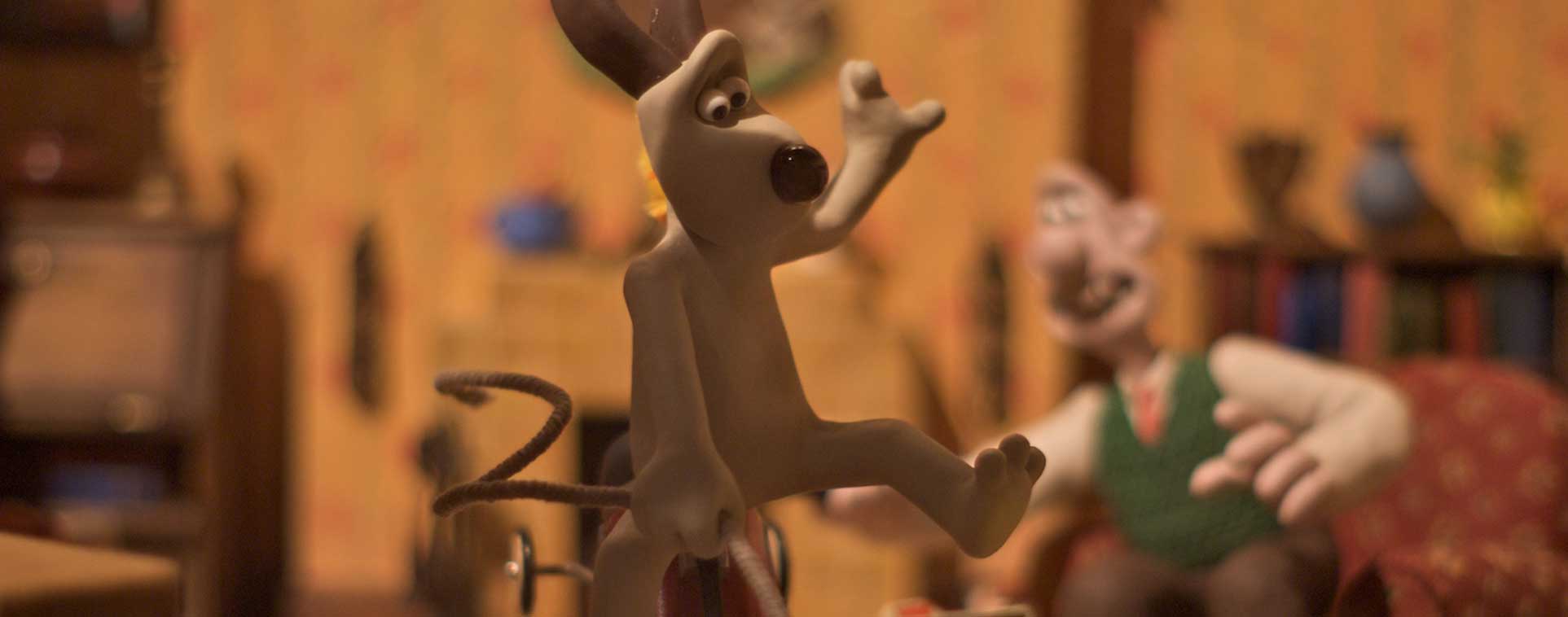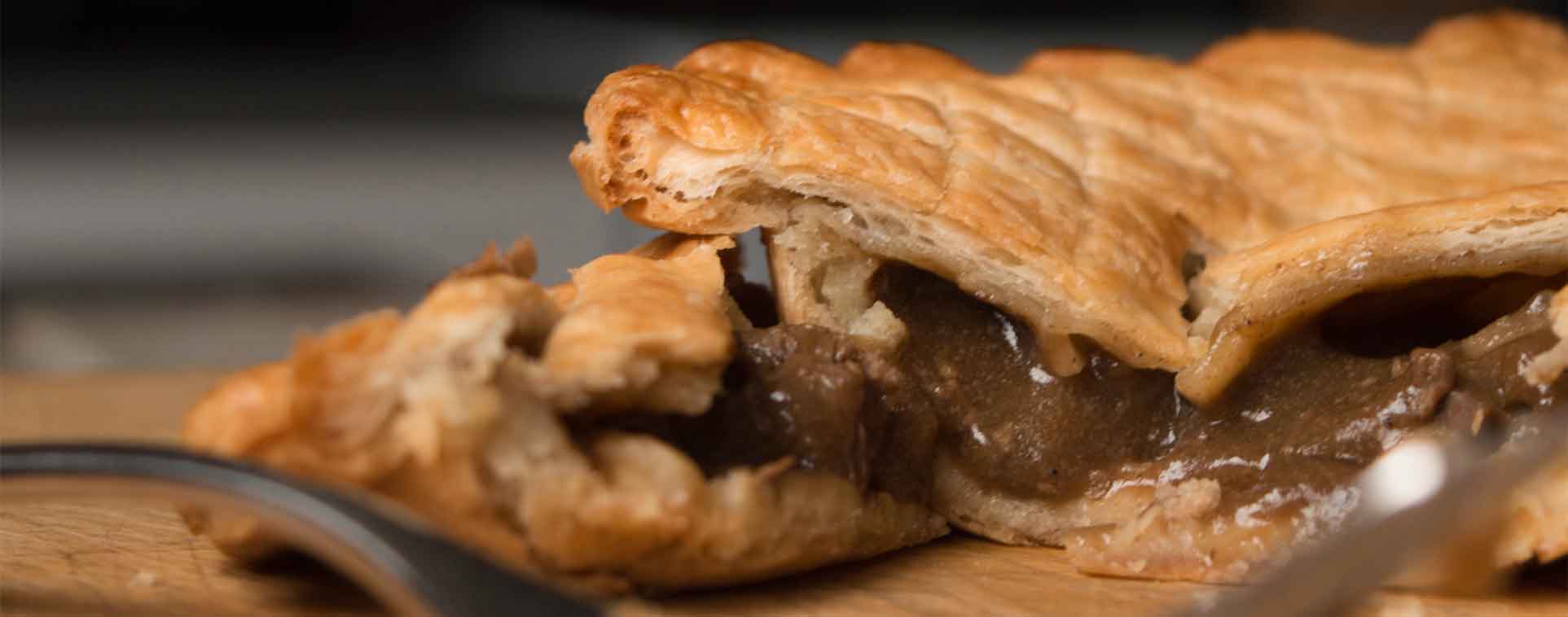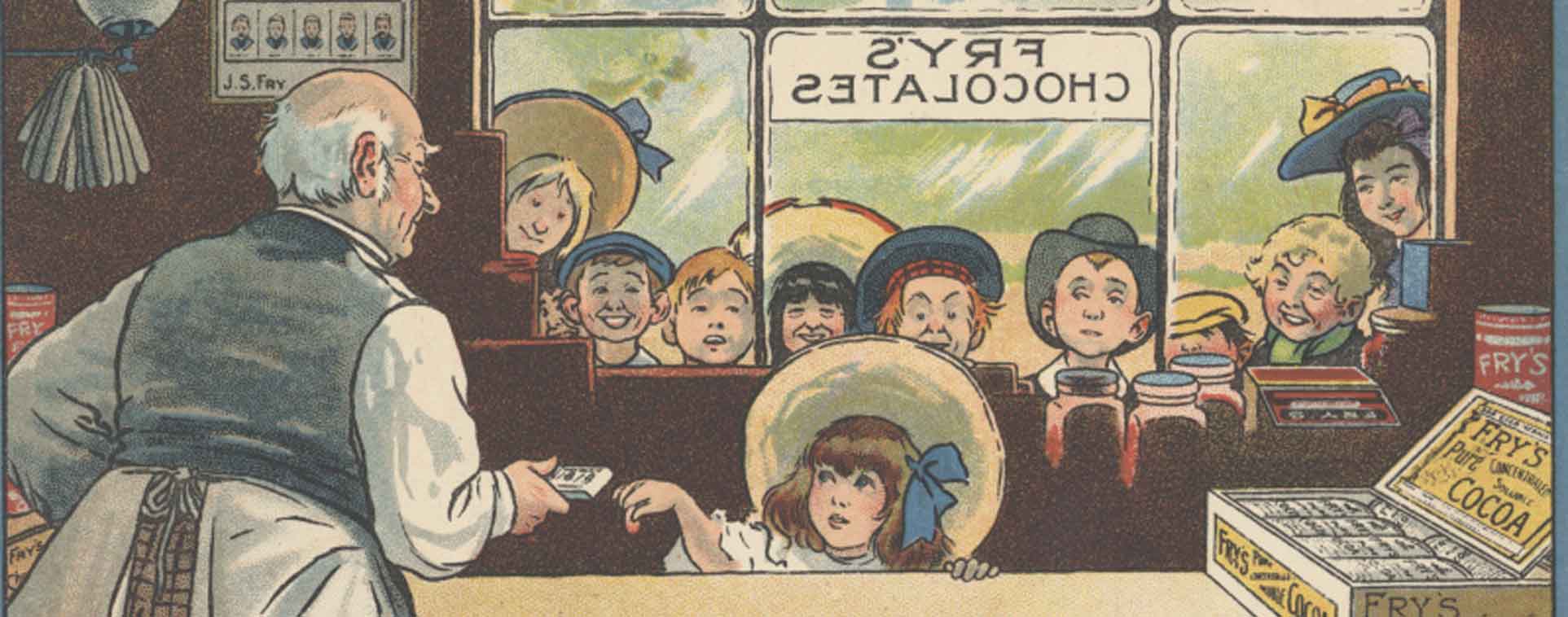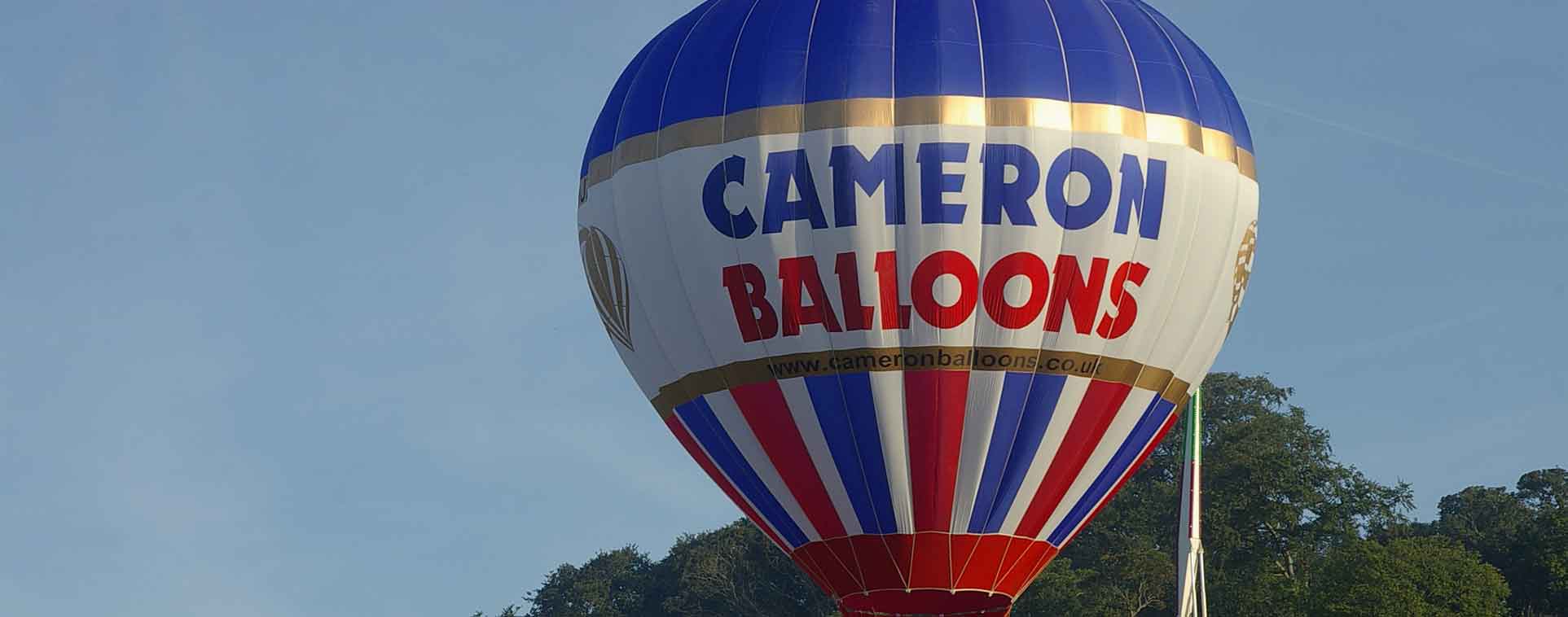Introduction
We at GWS Media love Bristol, and we’re proud to call it home. It’s a vibrant city which is home to some absolutely huge names in business and commerce. It has a strong manufacturing presence in particular, with Filton housing Rolls-Royce, BAE Systems, and Airbus. The presence of the BBC’s Natural History Unit has also attracted dozens of creatives to the area, and Bristol is now a thriving hub of wildlife and nature documentary-making among its many other creative fields. However, there are even more businesses and brands that have called Bristol home since their very inception. In this article, we explore just five businesses and brands that got their start in Bristol and are now nationally or even globally recognised.

1. Aardman Animations
Aardman Animations are an animation studio with premises in central Bristol and in Aztec West. It was founded in 1972 by Peter Lord and David Sproxton. Aardman’s first production was a series of animated shorts for Vision On , a BBC television program aimed at d/Deaf children. It was this short that gave rise to Lord and Sproxton’s new studio’s name: on depositing their first cheque from the BBC, they named their company Aardman Animations after the superhero character that featured in it.
Following their work for Vision On , the two founders continued their work with animations for Take Hart , another children’s program, in around 1976. This gave rise to the iconic character of Morph, a simple plasticine figure capable of transforming – or morphing – into any shape required for his purposes. Morph remains a mainstay of Aardman’s work right up to the present day – he has a new TV programme in the works!
In 1985, Nick Park joined the team. He met Lord and Sproxton while still a student, working on his short film A Grand Day Out , which was the first of several to feature the now famous characters Wallace and Gromit. The man and dog are now inseparable from the Aardman brand, and every single film starring them – short and feature-length – has been at least nominated for an Academy Award. A Grand Day Out unfortunately lost out in 1990… to Nick Park’s Creature Comforts .
Aardman remain best known for their stop-motion films, and Nick Park is still a key creative figure at the studio. Chicken Run (2000) is the highest-grossing stop-motion film of all time, and a sequel is currently in development. There have since been two feature-length Wallace and Gromit films, as well as a whole host of other animated films, TV programmes, and games in every medium of animation imaginable.
The company’s links to Bristol are deep, as it has been established here for nearly 50 years. Aardman Animations are partnered with Bristol Children’s Hospital Charity and have raised over £70m for them as of 2022. This has included three hugely successful art trails, where decorated statues of Wallace and Gromit (2013 and 2018) and Shaun the Sheep (2015) were placed throughout the city before being auctioned off for the charity.

2. Pieminister
Pieminister is a chain of restaurants serving… pies, pie-marily (sorry). The company was founded by Tristan Hogg and Jon Simon in 2003. Its first shop on Stokes Croft sold just five pies on its first day! However, it gathered steam as word spread, and quickly had queues extending out through the doors. The business’s first pitch at Glastonbury soon followed.
In 2018, according to Bristol Live, Pieminister sold over five million pies, 50 tonnes of mash, and 4,500 litres of gravy. However, it’s not just about quantity: the chain’s pies are also critically acclaimed. In 2022, the gluten-free and vegan ‘Mooless Pie’ won Supreme Champion at the British Pie Awards – the first gluten-free and second vegan pie to do so.
Pieminister’s current menu comprises over a dozen pies ranging from traditional steak- and chicken-based options, to vegan versions, via vegetable pies (including the enigmatically-named ‘Kevin’). Keeping to the company theme of offering both tradition and innovation, their pies can be served with mashed potato and mushy peas, but also with French fries or halloumi. Finally, they offer ice-cream sundaes to finish off the meal.
They still have a restaurant on Stokes Croft as well as several others in Bristol, but now have branches and franchises throughout England and Wales. If you don’t live near one, however, don’t despair: several of their pies are available from supermarkets, and they also offer ‘Pies in the Post’.

3. Fry’s Chocolate
Fry’s has its roots as far back as around 1756, when Joseph Fry began selling cocoa from his small apothecary, as he was convinced it had health benefits. Fry and his business partner John Vaughan further patented a machine that would grind the beans even more finely, producing a better-quality cocoa drink. As such, it soon became popular with the aristocracy in Bath.
In 1777, production of cocoa moved to Union Street in the centre of Bristol. Upon Fry’s death in 1787, his wife Anna and son Joseph Storrs Fry took over the company. J. S. Fry would remain in control of the company with various other partners until 1835, when he died and his three sons took over running what was now called J. S. Fry and Sons.
Under Joseph Storrs Fry I, the company saw several major innovations. Key among them was the installation of a James Watt Steam engine that allowed them to significantly scale up production. However, the change that would cement the reputation of Fry’s would come from his three sons in 1847, in the form of the world’s first solid chocolate bar. This was created by mixing cocoa with cocoa fat and milk. In 1866, there followed a cream-filled version, known as Fry’s Chocolate Cream, which is still in production today (albeit not to the exact original recipe) and available with a variety of flavoured fillings.
In 1919, the company merged with its rival Cadbury’s, and production began to move to the Somerdale factory on the outskirts of Keynsham, though the transfer would take over a decade. In keeping with the Quaker principles of both the Fry family and Cadbury, the factory complex also contained sports and leisure facilities, including large playing fields. The factory finally closed in 2011, after Cadbury was acquired by the US company Kraft.
Though Fry’s now exists only as a line of chocolate bars rather than as a company in its own right, it is still known as the originator of mass-produced solid chocolate bars and even the first chocolate Easter egg. The Somerdale site is now a retirement village. It has retained some of the leisure facilities formerly available to factory employees, and references its chocolate-making heritage in its new name, ‘The Chocolate Quarter’. There is also a blue plaque on Union Street, where the Fry’s factory used to stand.

4. Cameron Balloons
Residents and tourists alike are likely to be familiar with the sight of hot air balloons in the skies above Bristol. In fact, hot air balloons are one of the enduring images associated with the city – there’s a reason we use them on our home page! However, what many people may not realise is that this is largely due to one company: Cameron Balloons.
Founded in 1971 by Don Cameron, the company initially operated from the basement of his home in Cotham before moving to a disused church in the same district in 1972, owing to demand outstripping the modest facilities that could be accommodated in its initial home. Since 1983, Cameron Balloons has been based in a renovated Victorian factory in Bedminster, one that was originally used by the Robinson Paper Corporation. The company now employs around 50 staff members, has sold over ten thousand balloons, and is the largest producer of person-carrying balloons in the world. In addition, it engineers specialist fabrics for use in other kinds of inflatables.
The technical expertise of Cameron Balloons is nowhere more evident than in the fact that that their balloons have set flight distance, duration and altitude world records. In fact, all three balloons to successfully complete an uninterrupted round-the-world trip were manufactured by Cameron Balloons. Record-setting is not exclusively reserved for the balloons themselves, however. Don Cameron holds a world record of his own, as the first person to cross the Alps and the Sahara by hot air balloon.
However, what Cameron Balloons are perhaps best known for are their ‘novelty’ balloons – that is, balloons in non-traditional shapes. Their projects include cartoon characters, a steam engine, and a bust of Beethoven. They also built the balloon Skywhale , designed by the artist Patricia Piccinini, for the centenary of the Australian city Canberra. While the design received somewhat mixed reviews from critics and the public, the technical prowess required to manufacture it marks the company out as a world leader.
Cameron Balloons manufacture roughly one balloon per day, and export about 85% of them. They have a truly global impact, and have made Bristol the ballooning capital of the world.

5. Ovo Energy
Ovo Energy was founded in 2009 by Stephen Fitzpatrick, as an alternative to the so-called Big Six domestic energy suppliers that dominated the market at the time. Over the last decade, Ovo has grown and acquired several other suppliers. Its first major acquisition was Spark Energy in 2018, which took it to over a million customers. In 2020, it acquired the retail arm of SSE, itself one of the Big Six until that time. Consequently, Ovo became the second-largest supplier in the UK, serving over five million customers.
The business has expanded in other ways, too: alongside Ovo Energy, Ovo Group contains Kaluza, a platform which gives energy retailers real-time information in order to help them streamline and digitise their operations, aiding their decarbonisation efforts. They hope that Kaluza will play a significant role in electric vehicle (EV) charging infrastructure in the years to come, essentially allowing EVs to function as a network of small batteries in what is known as vehicle-to-grid (V2G) technology.
Ovo is one of the largest employers in Bristol, with over 2000 employees. Many of the staff are based in its head office, near Bristol Temple Meads railway station, though it also has offices in London, Havant, and Perth. The building is striking even from the outside, and spectacular inside, where Fitzpatrick aimed to create a ‘living jungle’. The several indoor trees which reach up to eight metres in height certainly help to achieve that! There is also a treehouse, again visible from outside, which is used for meetings.
Conclusion
It was hard to narrow them down to a selection of just five, but the sheer variety of successful businesses that started in Bristol speaks for itself. The city is home to people with incredible visions and the drive to make them happen. Bristol was and remains a great place to start a business.
At GWS Media, we love working with local businesses to help them succeed. If you’re thinking about refreshing your website, or need help with your business’s online marketing, get in touch with us today.
